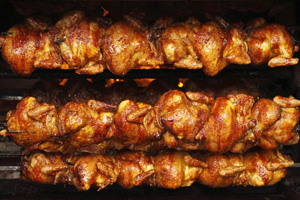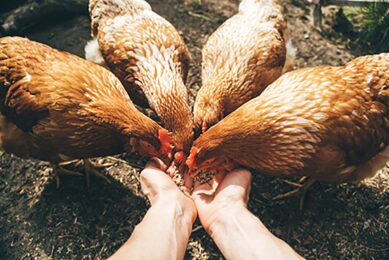Poultry leads Australian meat consumption

Chicken, which accounts for an estimated 96.7% of the Australian poultry industry revenue, is the country’s most consumed meat on a per capita basis, according to a market research report.
Until the 1970s lamb, beef and pig meat were all more popular than chicken. “Chicken’s renaissance, which intensified through the 2000s, has mainly been due to its relatively low price compared with other meats and the perceived health benefits of the meat,” expolains IBISWorld industry analyst Andy Brennan.
Poultry growers have benefited from this downstream demand. Over the five years through 2012-13, IBISWorld expects industry revenue to grow at an annualised 4.0% to reach $431.3 million. In 2012-13, the industry is expected to grow 1.3%.
The industry is characterised by a large number of small farms, mostly family-run operations. The majority of poultry is produced by growers under contract to the major poultry processors Inghams and Baiada. Farmers have supply contracts with processors, with pricing calculated on a price-per-bird basis. For this reason, farmer profit margins are somewhat protected from rising input costs. The major of poultry processors are vertically integrated and operate in the industry through their own in-house farms.
The poultry industry’s strong performance is expected to continue over the next five years. “Chicken consumption is expected to grow on a per capita basis as processors and retailers continue to promote the meat’s health benefits”, says Brennan. “While competition from other meats, such as lamb and beef, is expected to intensify, poultry retains a competitive advantage because it is relatively cheap to produce and is not exposed to as many seasonal variations as other meat products”. Although grower fees are expected to increase only marginally, growers will be protected by their ability (provided by the ACCC) to band together and collectively bargain. Industry consolidation is expected to continue as larger conglomerates like ProTen and Rural Funds Management build more sheds and ramp up production.













